
Life Science Automation
### Title: Life Science Automation: Revolutionizing Research and Healthcare In the realm of life sciences, automation has emerged as a transformative force, reshaping the way research is conducted, diagnostics are performed, and therapies are developed. Life science automation encompasses a wide range of technologies and applications that are driving innovation and improving efficiency across various sectors within this field. #### 1. Introduction to Life Science Automation Life science automation involves the use of robotic systems, advanced software algorithms, and sophisticated sensors to automate repetitive, time-consuming, and precise tasks in areas such as biology, medicine, and biotechnology. These automated processes aim to reduce human error, increase throughput, and enable more complex experiments and analyses that would be difficult or impossible to achieve manually. Robotic systems are at the core of life science automation. They can be programmed to perform tasks like pipetting, sample handling, and plate movement with high precision and consistency. For example, in a laboratory setting, robotic arms equipped with specialized pipetting tools can accurately dispense minute volumes of liquids into microplates for assays, ensuring that each sample receives the exact amount of reagent needed. This level of precision is crucial in experiments where even slight variations in liquid volumes can lead to inaccurate results.
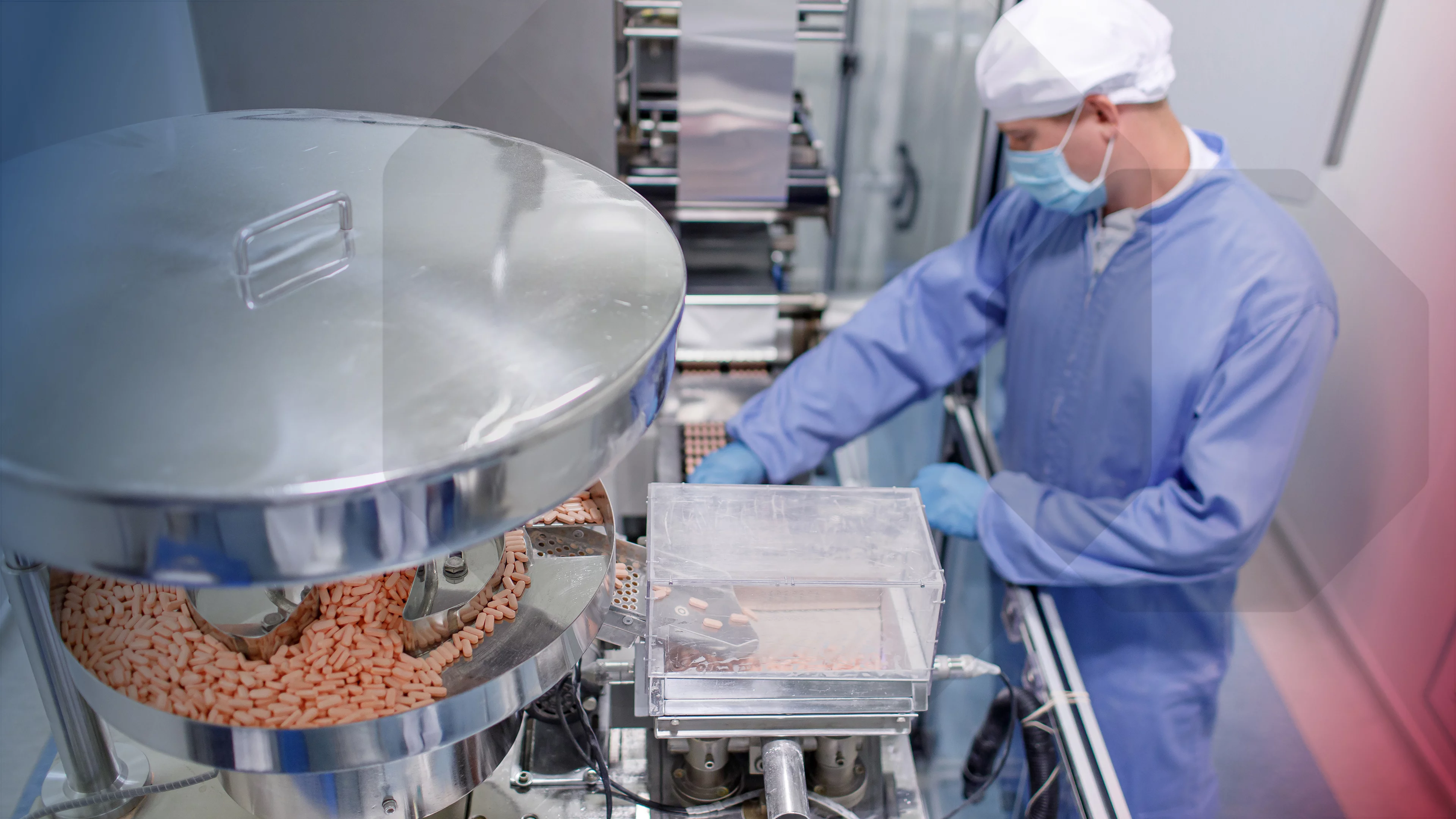
Advanced software plays an equally important role. It allows researchers to design and program complex workflows, control the operation of robotic systems, and manage and analyze the vast amounts of data generated during automated processes. The software can also integrate with laboratory information management systems (LIMS) to streamline data sharing and ensure seamless coordination between different stages of research or diagnostic procedures. Sensors are used to monitor various parameters during automated processes. They can detect the presence or absence of samples, measure the quality of liquids (such as checking for contaminants or verifying the concentration of a particular substance), and monitor environmental conditions like temperature and humidity within storage areas or incubators. This real-time monitoring ensures that the automated processes are carried out under optimal conditions and any deviations can be quickly addressed. #### 2. Applications in Different Areas of Life Sciences - **Research and Development**: - In drug discovery, automation accelerates the screening of potential drug candidates. High-throughput screening (HTS) platforms use automated robotic systems to test thousands of compounds against specific biological targets in a short period. This enables researchers to quickly identify molecules with promising pharmacological properties, significantly reducing the time and resources required for the initial stages of drug development. - Genomics research benefits greatly from automation as well. Automated DNA sequencing machines can process large numbers of samples simultaneously, allowing for rapid sequencing of entire genomes. This has opened up new possibilities for understanding genetic variations, identifying disease-causing genes, and exploring personalized medicine approaches. Additionally, robotic systems can assist in gene editing experiments, such as those using CRISPR-Cas9 technology, by precisely delivering the necessary reagents and performing the required manipulations with greater accuracy than manual methods. - **Diagnostics**: - In clinical laboratories, automation has improved the efficiency and accuracy of diagnostic tests. Automated chemistry analyzers can measure multiple blood parameters (such as glucose levels, cholesterol levels, and enzyme activities) in a single run, providing doctors with a comprehensive picture of a patient's health status. Automated immunoassay systems detect the presence of specific antibodies or antigens in patient samples, facilitating the diagnosis of infectious diseases, autoimmune disorders, and certain cancers. - Point-of-care testing (POCT) is also being enhanced by automation. Handheld devices with automated functions are being developed to enable quick and convenient testing at the patient's bedside or in remote locations. These devices can perform tests for conditions like diabetes (by measuring blood glucose levels), heart disease markers, or infectious diseases, allowing for immediate results and timely medical interventions. - **Bioprocessing and Manufacturing**: - In the production of biopharmaceuticals, automation ensures consistent and high-quality manufacturing. Automated bioreactors control the growth conditions of cells used to produce therapeutic proteins (such as monoclonal antibodies). They can precisely regulate parameters like temperature, pH, dissolved oxygen levels, and nutrient supply, optimizing cell growth and protein production. Automated purification systems then separate and purify the target proteins from the complex mixture of cellular components, ensuring that the final product meets strict quality and safety standards. - For cell and gene therapies, automation is essential in processes like cell isolation, expansion, and modification. Robotic systems can handle delicate cell cultures with care, ensuring the viability and genetic integrity of the cells throughout the manufacturing process. This is crucial as these therapies rely on the precise manipulation and delivery of living cells for treating various diseases, including certain types of cancer and genetic disorders. #### 3. Benefits of Life Science Automation - **Increased Efficiency and Throughput**: Automation allows for the parallel processing of multiple samples and tasks, significantly increasing the speed at which experiments can be completed or tests can be performed. In a research laboratory, this means that more data can be generated in a shorter time, accelerating the pace of discovery. In a diagnostic setting, it enables clinics to handle a larger volume of patient samples, reducing turnaround times for test results. - **Reduced Human Error**: Manual operations in life sciences are prone to errors due to factors like fatigue, distraction, or inconsistent technique. Automated systems, with their precise and repeatable movements, eliminate many of these sources of error. For example, in pipetting tasks, automated pipettors can deliver accurate volumes of liquids every time, ensuring the reliability of experimental results and diagnostic test outcomes. - **Enhanced Data Quality and Reproducibility**: With automation, every step of a process is documented and controlled, making it easier to reproduce experiments or tests. The consistent operation of automated systems also generates high-quality data that can be more confidently analyzed and used for decision-making. This is particularly important in research, where reproducibility is a key factor in validating scientific findings. - **Improved Safety**: Some life science procedures involve handling hazardous substances or working with biological agents that pose risks to human health. Automation reduces the need for direct human contact with these materials, minimizing the potential for exposure and ensuring the safety of laboratory personnel. For instance, in handling radioactive tracers for certain medical imaging studies or working with infectious disease samples, robotic systems can perform the necessary tasks while keeping humans at a safe distance. #### 4. Challenges and Future Trends - **Cost and Complexity**: Implementing life science automation systems can be expensive, requiring significant investment in robotic equipment, software licenses, and maintenance. Additionally, these systems can be complex to set up and operate, demanding highly trained personnel to ensure their proper functioning. However, as the technology matures and becomes more widespread, costs are expected to decrease, and usability will likely improve. - **Data Management and Integration**: The large amounts of data generated by automated life science processes pose challenges in terms of storage, analysis, and integration with other data sources. There is a need for advanced data analytics tools and standardized data formats to make the most of this wealth of information. Moreover, ensuring data security and privacy is of utmost importance, especially when dealing with patient-related data in diagnostic applications. - **Interoperability and Standardization**: Currently, there is a lack of standardization among different automated life science systems, which can make it difficult to integrate them or share data between different laboratories or institutions. Efforts are underway to develop common standards and protocols to enhance interoperability, enabling seamless collaboration and the sharing of best practices across the life sciences community. - **Emerging Technologies**: The future of life science automation will see the integration of emerging technologies such as artificial intelligence (AI), machine learning (ML), and the Internet of Things (IoT). AI and ML can be used to analyze the vast amounts of data generated by automated processes, identify patterns, and make predictions that can further optimize research and diagnostic procedures. IoT will enable better connectivity between different automated devices and systems, allowing for more comprehensive monitoring and control of laboratory environments and bioprocesses. In conclusion, life science automation is revolutionizing the life sciences by improving efficiency, accuracy, and safety. Despite the challenges it presents, the continued development and adoption of this technology will have a profound impact on research, diagnostics, and the production of life-saving therapies. As we look to the future, the integration of emerging technologies will open up even more possibilities for innovation and progress in the life sciences.
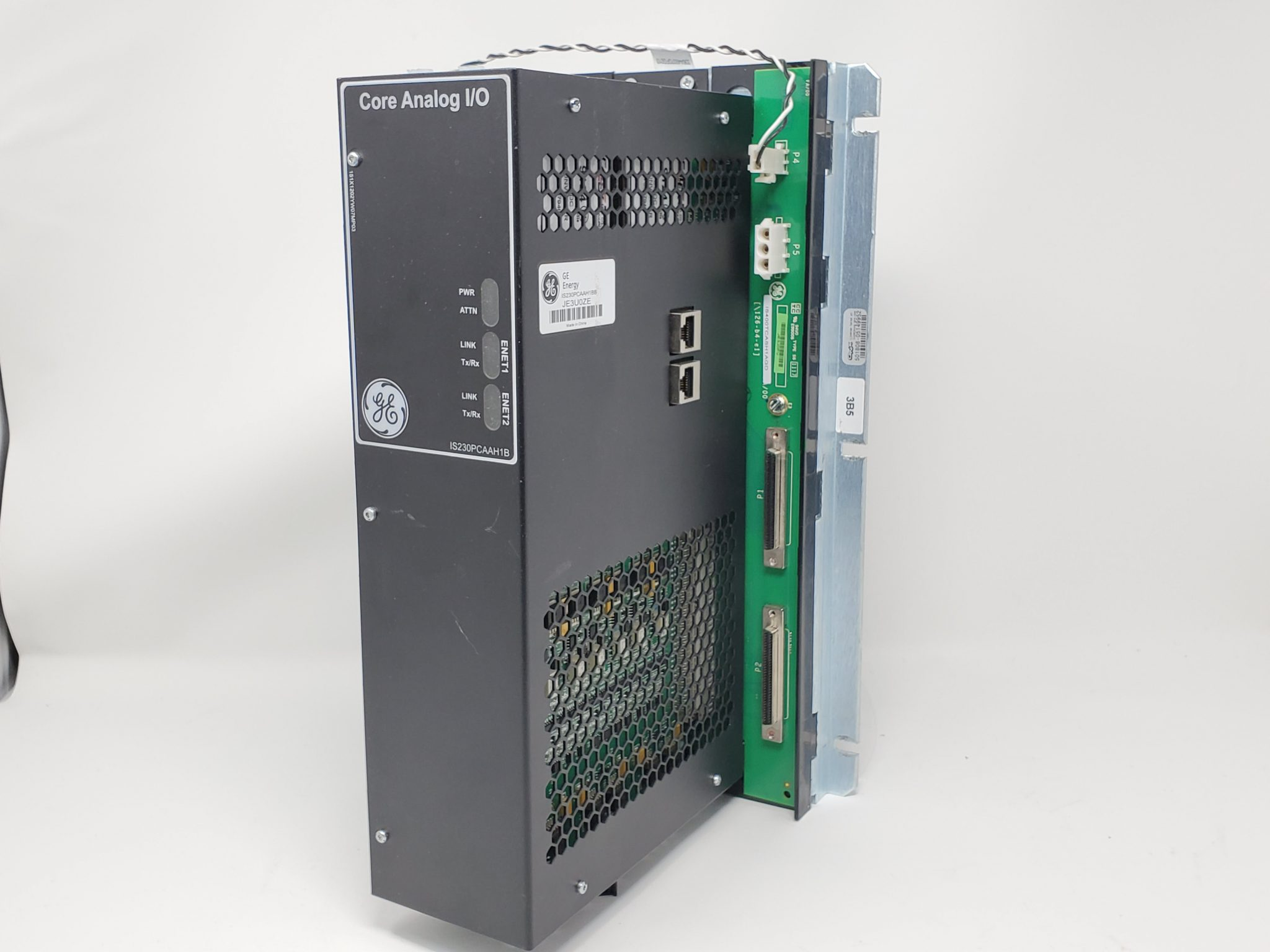

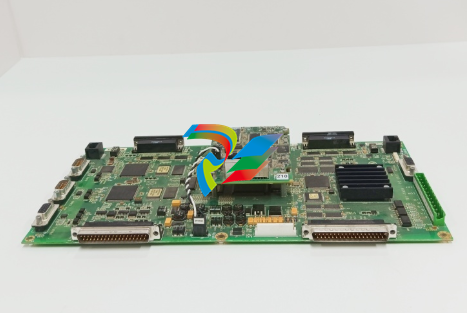
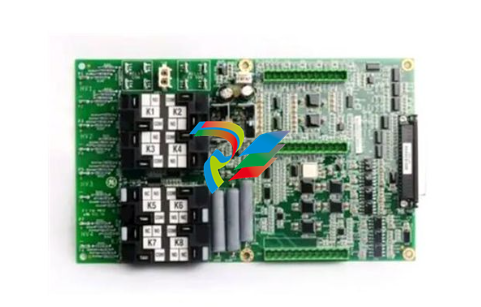
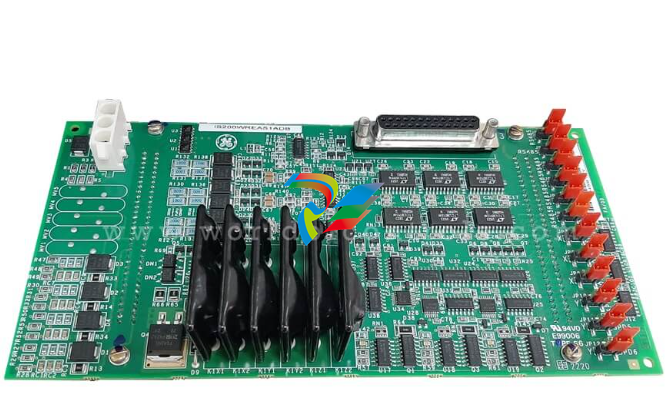
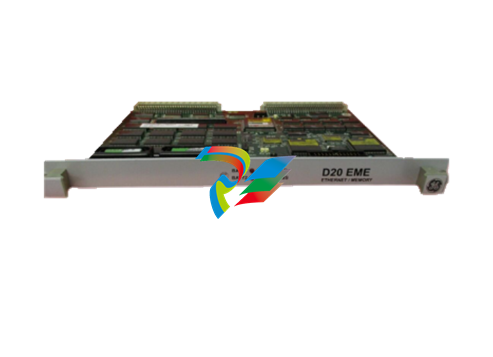
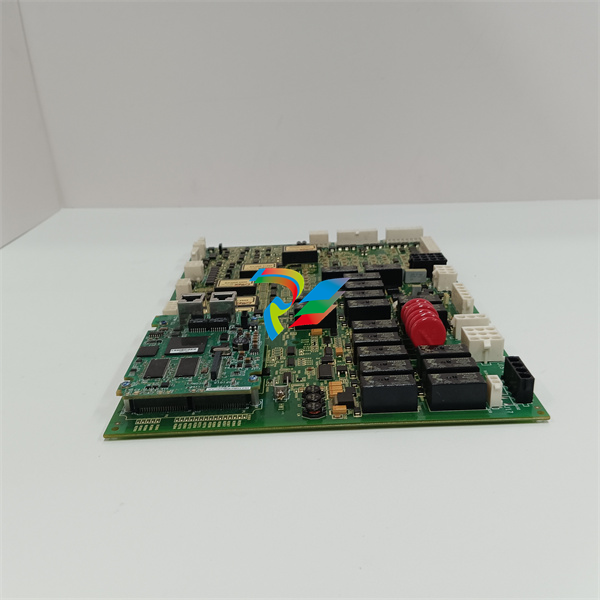
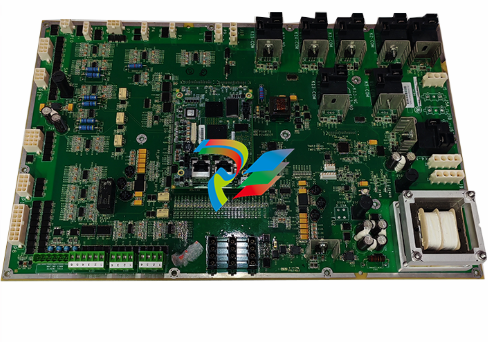
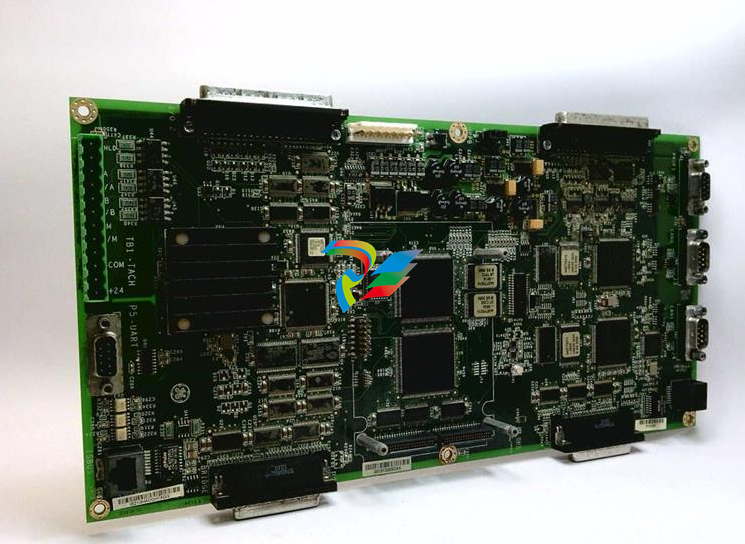
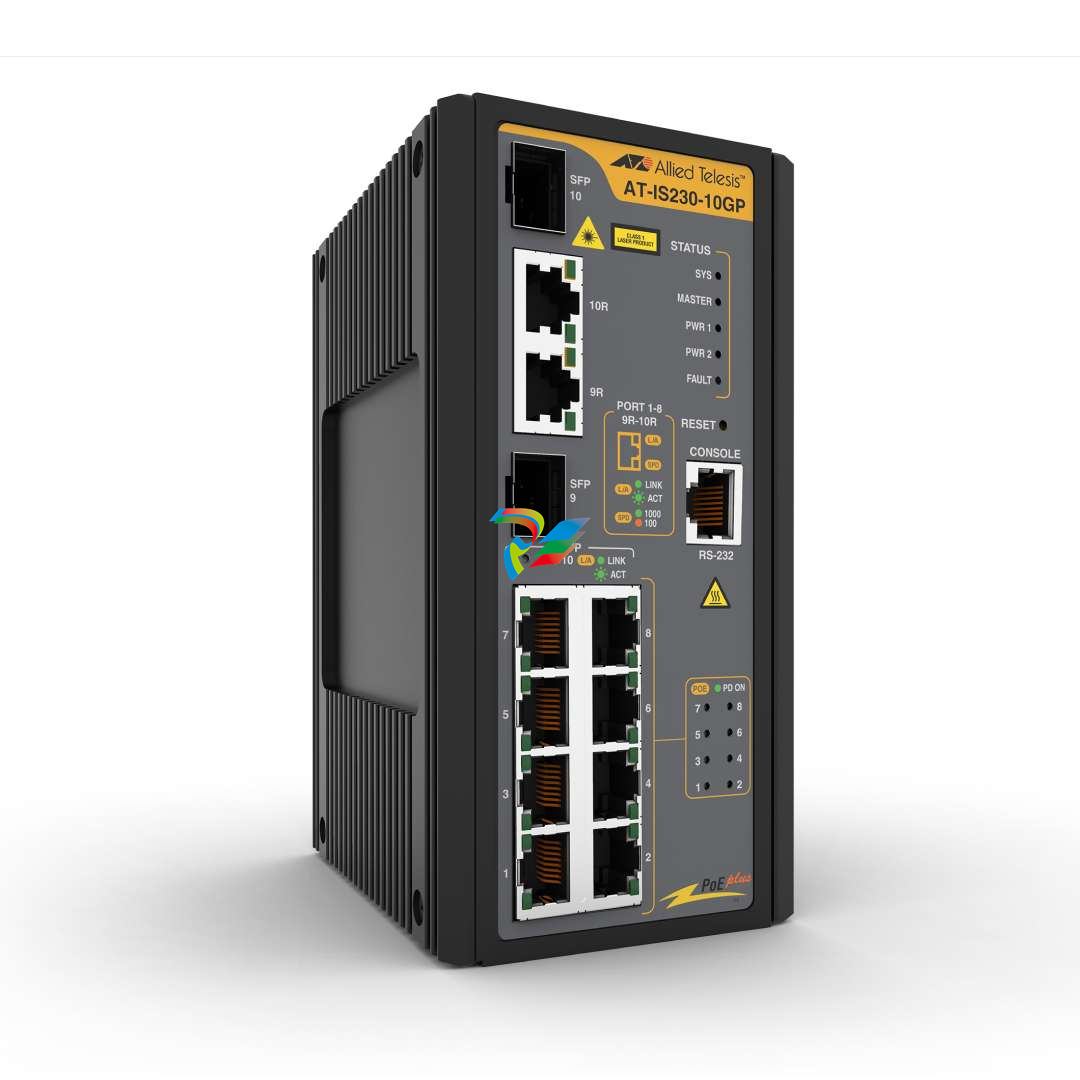


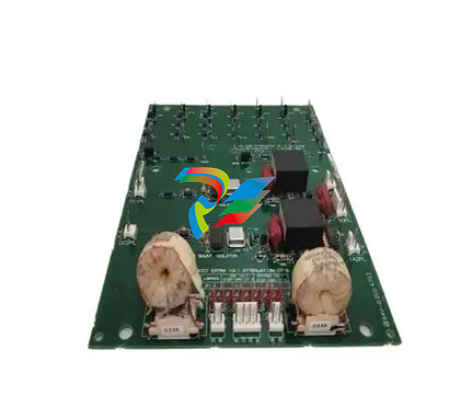

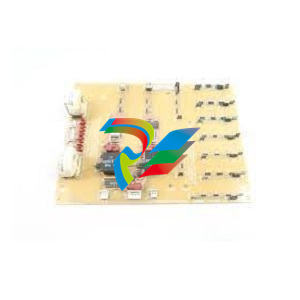
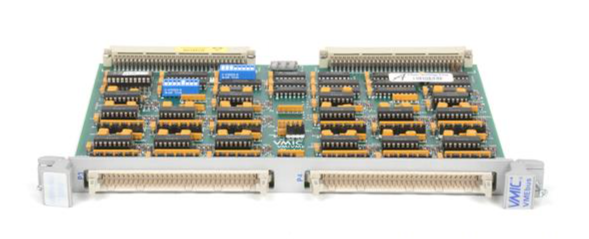
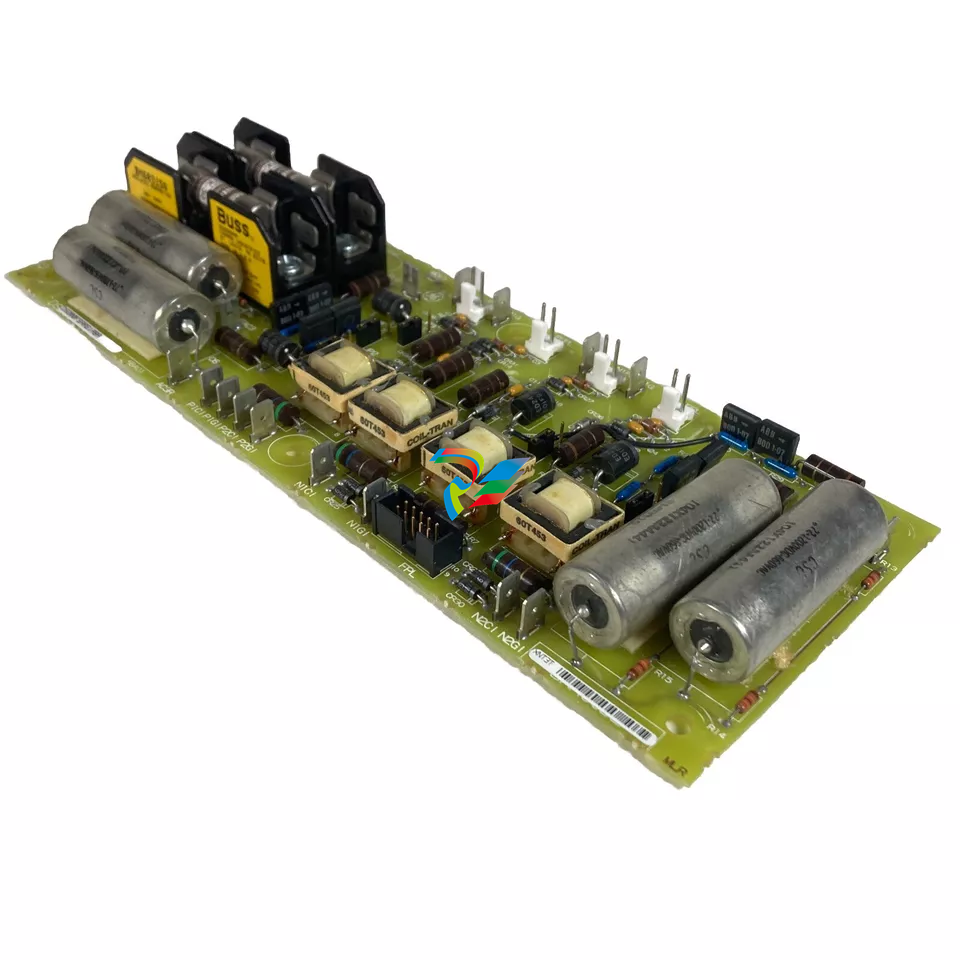
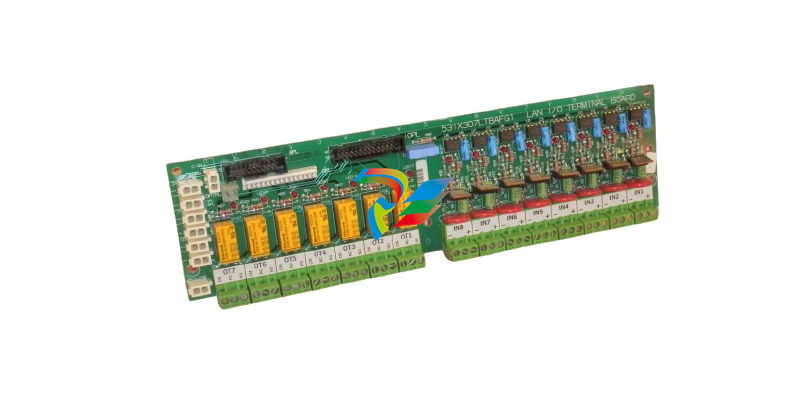



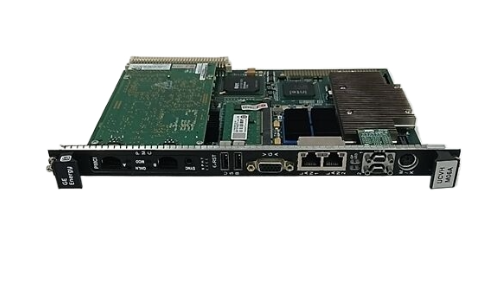
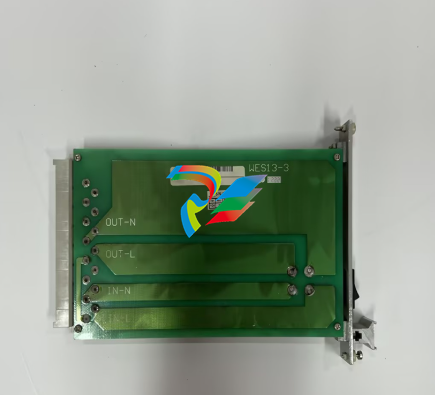
.jpg)
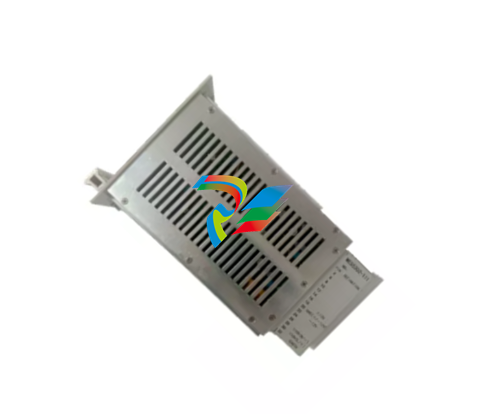
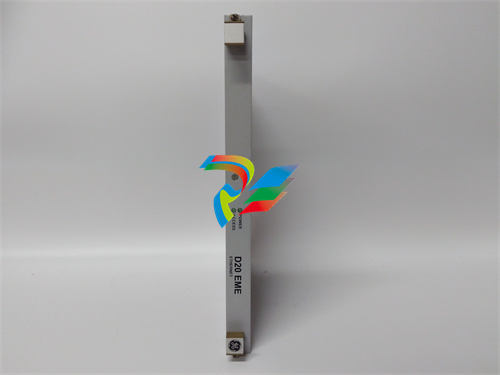
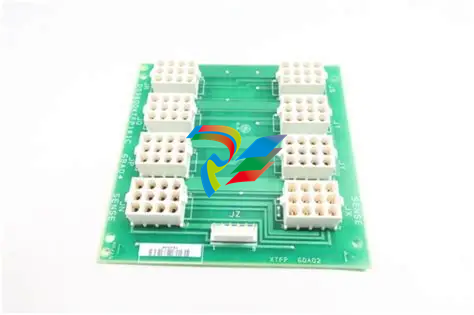









































.jpg)
.jpg)





.jpg)



.png)
.jpg)

.jpg)
_lVjBYb.jpg)

.jpg)
.jpg)



.jpg)
.jpg)







.jpg)

.jpg)
.jpg)











.jpg)





